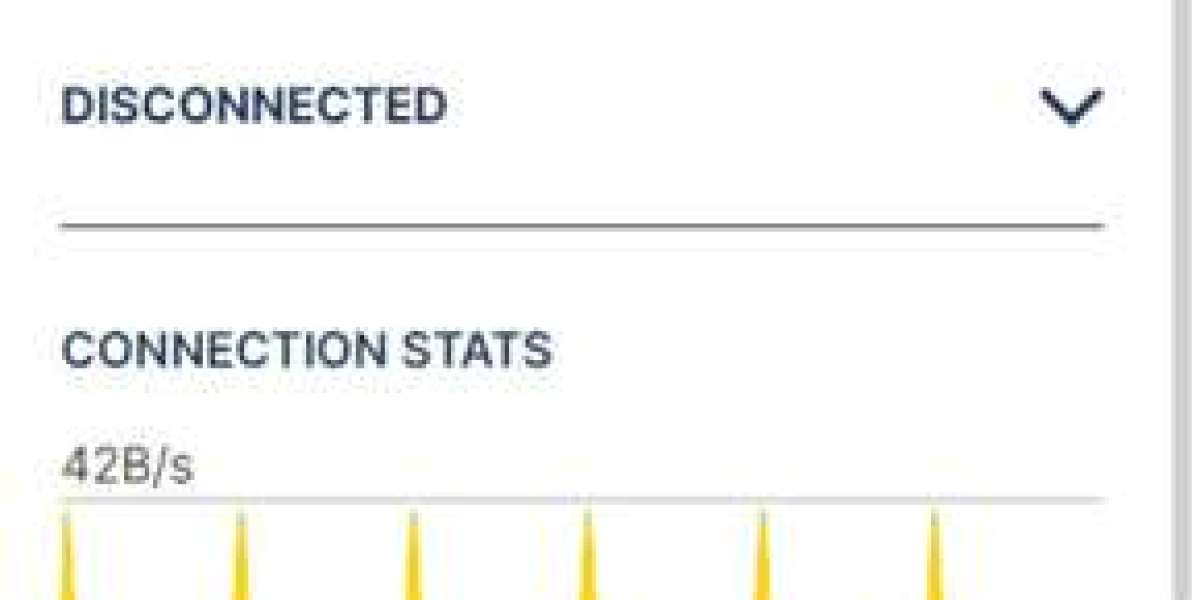The evolution of IoT (Internet of Things) has extended beyond homes and smart offices—it's reshaping the operational dynamics of Network Operations Centers (NOCs). As enterprises continue to deploy thousands of connected devices across global networks, the traditional NOC is undergoing a digital transformation.
IoT monitoring in the NOC is no longer an emerging trend—it’s becoming an operational necessity. With billions of endpoints generating real-time data, IT teams are redefining their approach to monitoring, analytics, and incident response.
In this article, we explore how IoT is impacting NOC operations and what new NOC best practices are emerging to accommodate this shift.
The Rising Tide of IoT in Network Infrastructure
IoT devices have become integral to modern business operations—ranging from smart HVAC systems and industrial sensors to video surveillance, biometric access systems, and healthcare monitors. Each device introduces a new node to the network, generating telemetry data that must be tracked, analyzed, and secured.
With the volume and velocity of data increasing exponentially, NOCs are tasked with far more than server health or bandwidth utilization. They now need to ensure that thousands of interconnected devices are running optimally, securely, and without interruption.
Challenges of IoT Integration in the NOC
Before diving into the new Network Operations Center best practices, it’s important to understand the core challenges IoT introduces:
1. Massive Device Proliferation
IoT deployments can involve tens of thousands of devices across multiple locations, each requiring visibility and management. Traditional monitoring tools often struggle to scale to this level.
2. Device Diversity
IoT ecosystems are incredibly diverse, incorporating devices with different protocols, operating systems, and capabilities. This heterogeneity complicates standard monitoring approaches.
3. Security Vulnerabilities
IoT devices are often the weakest security link in a network. If left unmonitored or unpatched, they can become entry points for cyber threats.
4. Data Overload
The sheer volume of telemetry data can overwhelm NOC teams. Sifting through alerts and logs to identify actionable insights is a growing challenge.
New NOC Best Practices for IoT Monitoring
To manage the complexities introduced by IoT, modern NOCs are adopting a new set of operational protocols and tools. Here are the emerging NOC best practices that are reshaping how infrastructure is monitored and maintained:
1. Unified Monitoring Platforms
Modern NOCs are moving toward unified platforms capable of aggregating data from IoT devices, servers, cloud infrastructure, and traditional endpoints. By consolidating monitoring into a single pane of glass, teams can reduce context switching and improve visibility across the entire tech stack.
These platforms support cross-protocol compatibility (MQTT, CoAP, SNMP, etc.), enabling seamless integration of diverse IoT ecosystems.
2. AI-Powered Anomaly Detection
With thousands of IoT devices online, it’s nearly impossible for humans to detect every anomaly in real-time. Artificial Intelligence and Machine Learning are becoming indispensable in NOC operations.
AI-powered systems analyze historical and real-time data to detect unusual patterns—flagging suspicious behaviors or malfunctioning devices before they cause service disruptions.
This proactive stance is central to evolving Network Operations Center best practices focused on prevention rather than reaction.
3. Automated Alert Prioritization
One of the primary issues with large IoT networks is alert fatigue. When every glitch triggers a warning, NOC teams can become desensitized, leading to missed critical incidents.
Modern best practices involve leveraging AI to categorize alerts by severity, root cause, and potential impact. Automation ensures that NOC personnel focus on high-priority issues without getting bogged down by noise.
4. Edge Monitoring for Critical Assets
Many IoT devices operate at the edge—far from central data centers. Relying solely on cloud-based monitoring introduces latency and potential blind spots.
To counter this, NOCs are deploying edge monitoring solutions that process data locally, detect anomalies, and respond in real-time without relying on centralized analysis.
This decentralized approach reduces data transfer loads and enhances real-time responsiveness.
5. Granular Device Lifecycle Management
From provisioning and updates to decommissioning, managing the lifecycle of IoT devices is essential. NOCs are adopting granular device-level visibility, allowing them to track firmware versions, patch statuses, and maintenance schedules.
This reduces downtime, improves security posture, and ensures every device is operating within defined parameters.
Security as a Core Component of Monitoring
IoT security is no longer an afterthought—it’s a central pillar of modern NOC practices. New best practices include:
Microsegmentation: Isolating IoT devices by function or role to limit lateral movement during breaches.
Real-time Threat Detection: Monitoring device behavior for signs of compromise or unauthorized access.
Secure OTA Updates: Ensuring firmware and software updates are encrypted and authenticated.
By integrating cybersecurity into the heart of IoT monitoring, NOCs reduce attack surfaces and enforce compliance with industry standards.
Data Visualization and Predictive Analytics
With so much real-time data at play, effective visualization tools are essential. Dashboards that highlight performance trends, anomaly spikes, and device health provide actionable insights.
Predictive analytics also plays a pivotal role—allowing NOCs to forecast equipment failure, anticipate bandwidth demands, and plan capacity expansion more accurately.
This shift from reactive troubleshooting to proactive management is at the heart of advanced NOC best practices.
Training and Role Specialization in the NOC
As IoT becomes a permanent fixture in network infrastructure, the traditional role of a NOC technician is evolving. Teams now require:
IoT-specific training
Security certification
Cross-disciplinary skills (cloud, edge, AI)
Some NOCs are even establishing specialized IoT monitoring units, complete with dedicated tools and protocols. This aligns with forward-thinking Network Operations Center best practices, where skill specialization complements tool sophistication.
The Role of Cloud and APIs
Modern IoT platforms leverage cloud-native architectures and open APIs, allowing seamless integration into existing NOC systems. APIs enable the NOC to:
Pull in third-party sensor data
Automate responses to environmental changes (e.g., temp, humidity)
Orchestrate multi-device responses during an outage or breach
Cloud scalability also ensures that NOCs can accommodate growing IoT ecosystems without hardware limitations.
Conclusion
IoT is reshaping the very foundation of how network operations are conducted. The conventional NOC is being reimagined as a smart, automated, and highly responsive command center equipped to handle everything from industrial sensors to wearable tech.
The best practices for IoT monitoring in the NOC are still evolving, but they are increasingly defined by:
AI-driven insights
Automation
Edge intelligence
Security-first architecture
Cross-functional training
Businesses that align their operations with these NOC best practices will find themselves better equipped to handle the growing demands of an interconnected world.
As IoT continues to proliferate, adhering to these Network Operations Center best practices will be the key to maintaining uptime, securing data, and delivering seamless digital experiences.







